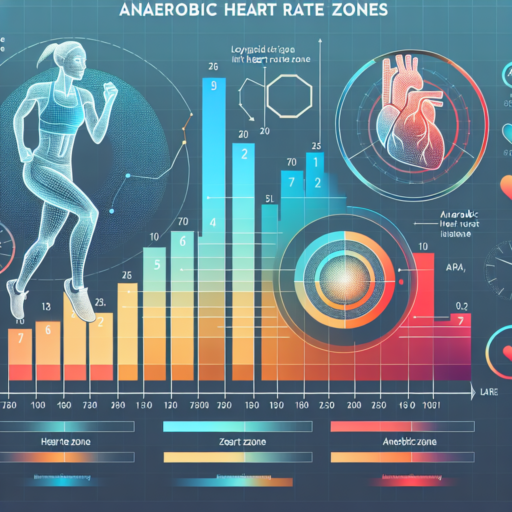Is it OK to go for a run after a workout?
Deciding whether to go for a run after a workout depends on several factors including your fitness goals, the intensity of your initial workout, and your body’s ability to recover. Running after a workout, often referred to as double-session training, can be beneficial for endurance building and active recovery, provided it is approached with caution.
For those focused on endurance sports, adding a run post-workout can be an effective way to increase stamina and cardiovascular endurance. This method trains the body to perform while fatigued, simulating the later stages of long endurance events. However, it is crucial to listen to your body and ensure adequate recovery to prevent overtraining and injuries.
On the other hand, if your primary workout was high-intensity or focused on heavy strength training, adding a run could potentially hinder recovery and muscle growth. In such cases, it is essential to assess whether the additional cardiovascular exercise complements your goals or if it might be more beneficial to allow your body to recover with lighter activities or complete rest.
Should you do sprints after leg day?
Deciding whether to undertake sprints after a demanding leg day workout is a topic that garners mixed opinions within the fitness community. On one side, incorporating sprints can be seen as a means to enhance cardiovascular fitness and aid in muscle recovery through active recovery principles. However, it’s crucial to weigh this benefit against the potential risks of overtraining and injury.
Sprints post-leg day might not always be advisable, especially if the leg workout was particularly intense. High-volume or heavy leg sessions could leave the muscles in a state of significant fatigue, where they need time to recover and repair. Engaging in sprints might exacerbate muscle soreness and delay the recovery process, potentially leading to decreased performance in subsequent workouts or, worse, injury.
On the flip side, for those who have conditioned their bodies to endure high levels of physical stress, adding a light sprinting session after leg day could offer benefits. Sprints might assist in flushing out lactic acid build-up, thereby reducing muscle soreness. They could also promote cardiovascular health and aid in fat loss by increasing metabolic rate post-exercise. However, it’s paramount to listen to your body and adjust intensity levels accordingly to prevent any negative outcomes.
No se han encontrado productos.
What not to do after leg day?
After pushing yourself through an intense lower body workout, your muscles are in a delicate state of recovery. While it’s essential to encourage recovery and muscle growth, certain actions can hinder this process and even lead to injury. Knowing what not to do after leg day is crucial to avoid setbacks and ensure that you continue making progress towards your fitness goals.
Avoid Staying Sedentary
While it might seem counterintuitive, staying completely sedentary after a leg day workout can actually be detrimental to your recovery. Your legs will likely feel sore and stiff, but engaging in gentle movements such as walking or light stretching can aid in decreasing soreness and improving flexibility. This doesn’t mean you should jump back into intense physical activities, but rather embrace light movements to enhance circulation to the leg muscles.
Skip the Heavy Lifting
Another critical mistake to avoid after leg day is jumping back into heavy lifting or intense lower body exercises too soon. Your muscles need time to repair and grow stronger, which can’t happen adequately if they’re not given a chance to recover. Engaging in strenuous activities or lifting heavy weights can increase the risk of injury and muscle strain. Allow your body ample time to recuperate before you hit the weights again.
In summary, understanding and respecting your body’s limits after an intense leg workout is vital. Avoiding prolonged periods of inactivity, not pushing yourself into a heavy workout too soon, and steering clear of any actions that could exacerbate muscle soreness or lead to injury are all crucial steps in your post-leg day regimen.
Can you run after squatting?
Running after engaging in a squat workout is a topic of much interest for fitness enthusiasts the world over. Many wonder about the feasibility and safety of engaging in a cardio activity such as running after putting their leg muscles through the strenuous activity of squatting. Understanding the dynamics of how squats affect your muscles can shed some light on this topic.
Impact of Squats on Muscle Recovery
Squats are known for their intense impact on the lower body, particularly targeting the quadriceps, hamstrings, and glutes. Following a rigorous squatting session, these muscles undergo a process of micro-tears that require time to heal and strengthen. Running immediately after squatting might impact this recovery process, potentially leading to muscle fatigue or, worse, injury. It’s critical to consider the intensity of your squat workout when planning a run.
Benefits of Light Running After Squatting
While high-intensity running might not be advisable, light jogging or running can be beneficial post-squatting as it helps in promoting blood flow to the muscles, aiding in recovery. This doesn’t only help in flushing out toxins but also in reducing muscle stiffness and soreness. Such a low-intensity cardio activity can act as a cool-down, assisting the body in the recovery phase after a heavy workout session.




